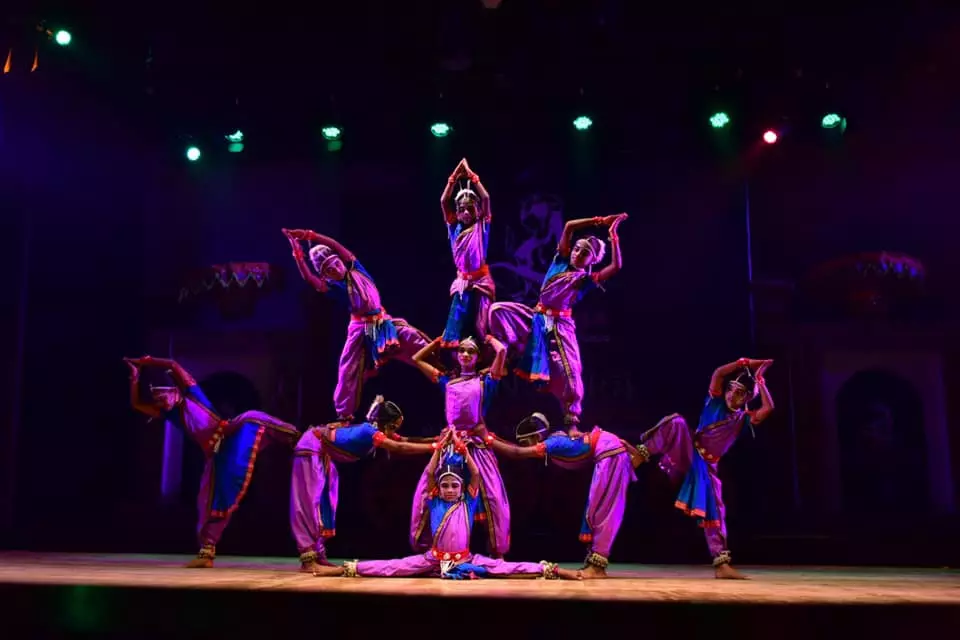Goti Pua dance
Gotipua dance is a traditional dance form that originated in the state of Odisha, India. The dance form is performed by young boys who dress up as girls and perform dance routines, showcasing their agility and grace. The dance form has a rich history that dates back to the 16th century and has been a significant part of Odisha’s culture and heritage.
The word “Goti” means one who spins, and “Pua” means a boy. Hence, Goti Pua dance translates to “a spinning boy dance.” The dance form is performed in two parts, “Badya” and “Nritya.” Badya is the music that accompanies the dance, while Nritya is the actual dance performance.
Traditionally, Goti Pua dancers used to be apprentices to the Mahari dancers who used to perform in the Jagannath Temple of Puri. The Mahari dancers were a group of young girls who were dedicated to serving Lord Jagannath and performed dance routines as a part of the temple rituals. The Goti Pua dancers used to learn from the Mahari dancers and were trained to perform similar dance routines.
The dance form was popularized during the reign of King Ramachandra Deva of Khurda, who was a great patron of the arts. He encouraged the Goti Pua dancers to perform in his court and sponsored their training and performances. The dance form became widely popular during his reign, and several schools were set up to train young boys in the art of Goti Pua dance.
The dance form has several unique features, such as the use of gymnastics and acrobatics, in addition to dance steps. The dancers perform intricate footwork and spins, combined with jumps and somersaults, to create a visually stunning performance. The dance form also features elaborate costumes and jewelry, which adds to the overall grandeur of the performance.
Goti Pua dance is traditionally performed during the festivals of Ratha Yatra and Dussehra, where the dancers perform in front of large crowds. The dance form has evolved over the years, and contemporary versions of the dance have emerged, which incorporate modern music and dance styles.
However, despite its popularity, the dance form is facing several challenges today. The lack of government support and funding has resulted in the decline of the dance form. Additionally, the rise of modern dance forms has led to a decline in interest in traditional dance forms like Goti Pua.
Goti Pua dance is an ancient art form that has a rich history and cultural significance. It represents the traditions and heritage of Odisha and is an essential part of the state’s identity. Efforts must be made to preserve and promote this art form so that future generations can appreciate and learn from it.

